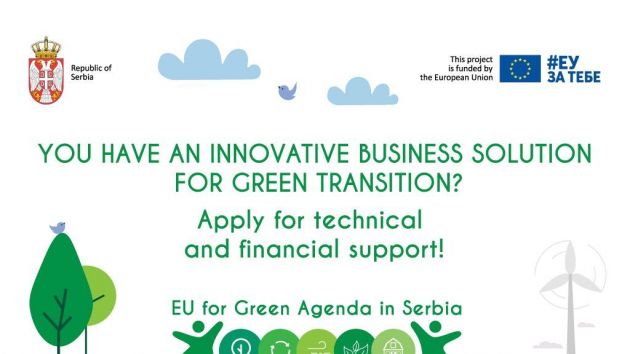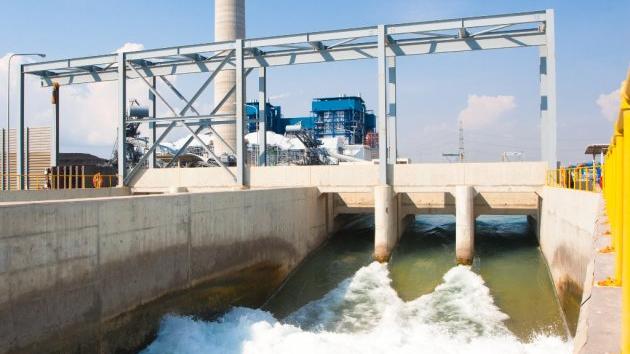Viennese waste water treatment facility works on nature-based model and supplies itself with green energy ŌĆō Clean water poured into the Danube, when will Belgrade start doing the same?
 Monday, 29.04.2024.
Monday, 29.04.2024.
 12:31
12:31
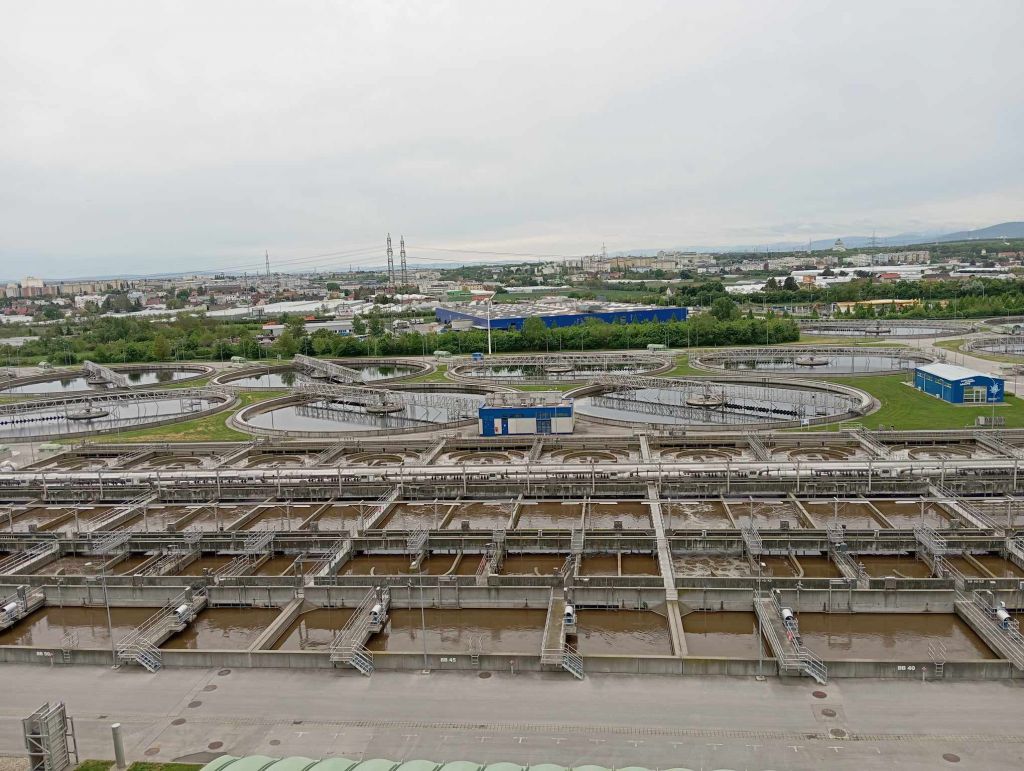
The factory covers an area of 490,000 m2, which is an area larger than the Vatican, and it is run by ebswien, a city-owned Viennese company.
ŌĆō After the mechanical cleaning of the waste waters, the filtering is done using a nature-based model. To clarify, in the two phases of biological treatment, polluters such as carbon, nitrogen and phosphorus are removed ŌĆō said Karl W├Čgerer of ebswien.
Supplying themselves with clean energy
It takes a large amount of energy to process that amount of water. The factory consumes 60 GWh a year, which is equivalent to the consumption of 25,000 Viennese households.
ŌĆō Fifteen years ago, a transformation process was initiated with the aim of having the factory supply itself with clean energy. Since 2020, ebswien has been producing more green energy from the waste gas that is generated in six large digestors than it needs in order to work ŌĆō says W├Čgerer.
Where are Serbia and Belgrade?
At the level of the European Union, as much as 80% of waste waters is treated, which is at the level of the global average, whereas Serbia is far below that, at only 14.7%. Belgrade doesnŌĆÖt have a single waste water treatment facility and all the sewage is poured into the Sava and the Danube.
In January 2022, the Government of Serbia confirmed a loan of EUR 203.7 million secured at the Chinese state company China Export & Credit Insurance Corporation. Those funds are meant for the financing of the first phase of the project of collection and treatment of waste waters of the central sewer system of the City of Belgrade.
The agreement on cooperation and the framework agreement for the project of collection and treatment of waste waters within the central sewerage system of the City of Belgrade was signed in 2020. The then minister of construction, transport and infrastructure of Serbia, Zorana Mihajlovic, signed the agreement on cooperation and the framework agreement for the project of collection and treatment of waste waters within the central sewerage system of the City of Belgrade with the director of Representative Office of China Machinery Engineering Corporation (CMEC) in Serbia, Li Xueqiang, and the director of PUC "Belgrade Waterworks and Sewerage", Dragan Djordjevic.
Mihajlovic pointed out on that occasion that 190 million cubic meters of wastewater were poured into the Sava and the Danube, which is comparable to 60 thousand Olympic swimming pools or 19 million water tanks.
In the process of accession to the EU, Serbia also has to fulfill the requirements from Chapter 27 which pertain to waste water treatment among other things.
ŌĆō The Belgrade issue will be solved through several facilities that it needs to have. One of them, the biggest one, is Veliko selo, which is located in the municipality of Palilula, and for which the project-technical documentation is already being prepared and where was can already see what the facility is supposed to look like. It will be one of the biggest facilities, which will also feature the sludge drying treatment, but whatŌĆÖs important is that it will be a place where sludge will be incinerated, producing energy. This is all in the technical documentation phase, where we can already see the amount of funds that will be needed for one such big facility. It exceeds the amount of approximately EUR 700 million ŌĆō Sandra Dokic, the state secretary at the Ministry of Environmental Protection, said for RTS recently.

Waste waters also a resource for medical data
With the beginning of the coronavirus pandemic, the data of the Viennese waste water treatment plant were useful to the decision-makers as a medical resource as well. Soon after the pandemic was declared, the CSI Wastewater project was launched, whereby the data on the percentage of those infected with the virus from the waste waters proved to be important for an early detection of the presence of the virus among the populace.
The data of this company, obtained from the waste waters, arrived before the official number of the registered cases in the health institutions, which was significant in those circumstances.
The article was created within the ŌĆ£Pulse of EuropeŌĆØ project, which is financed by the European Union in Serbia.
I. Zikic
 Grad Beograd
Grad Beograd
 Predstavni┼Ītvo Preduze─ća China Machinery Engineering Corporation Beograd
Predstavni┼Ītvo Preduze─ća China Machinery Engineering Corporation Beograd
 JKP Beogradski vodovod i kanalizacija Beograd
JKP Beogradski vodovod i kanalizacija Beograd
 Ministarstvo za┼Ītite ┼Šivotne sredine Republike Srbije
Ministarstvo za┼Ītite ┼Šivotne sredine Republike Srbije
Na┼Ī izbor
Most Important News
07.05.2024. | IT, Telecommunications
Biggest Angular conference in the region ŌĆō NG Belgrade Conf 2024

06.05.2024. | Healthcare
Medical doctors and engineers from Nis design instrument which accelerates and improves efficiency of operating procedures ŌĆō Negotiating with foreign companies about production

06.05.2024. | Healthcare
06.05.2024. | Construction, Tourism, Sports, Culture, Healthcare
Sijarinska Banja should soon get a new look ŌĆō Project documentation for reconstruction of rehabilitation center complex being prepared
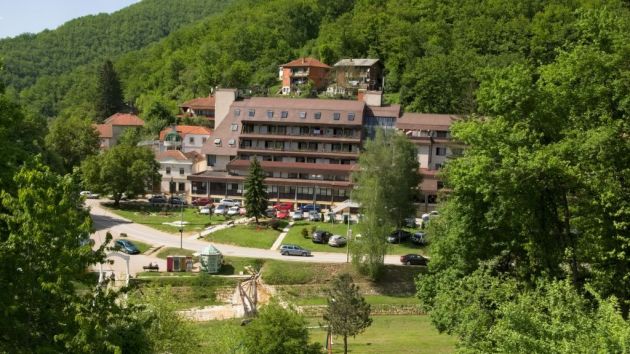
06.05.2024. | Construction, Tourism, Sports, Culture, Healthcare
14.05.2024. | Industry, Transport
While waiting for the outcome of the announced and suspended trams tender, GSP has announced a tender for the purchase of 100 articulated and 50 solo buses - Estimated value EUR 140 million

14.05.2024. | Industry, Transport
07.05.2024. | Industry, Construction
New Palfinger factory in Nis to start working in June
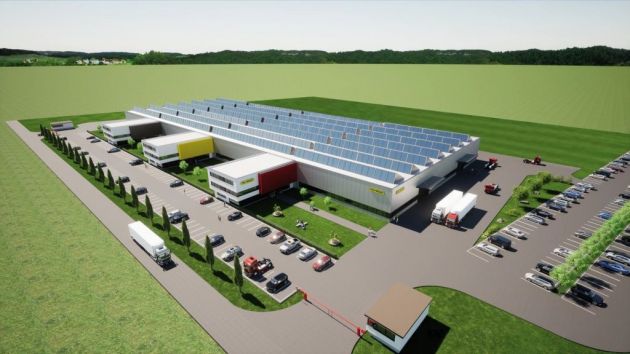
07.05.2024. | Industry, Construction
13.05.2024. | Tourism, Sports, Culture
Belgrade hotel Union up for sale
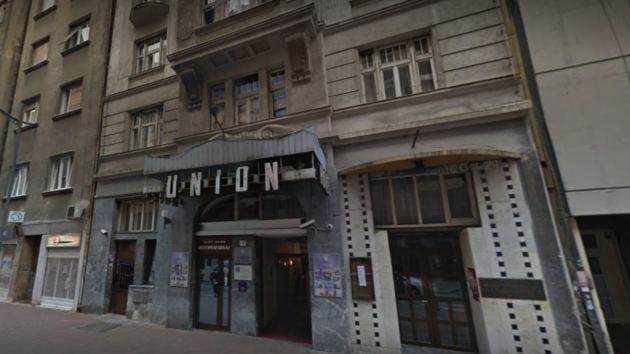
13.05.2024. | Tourism, Sports, Culture


 Izdanje Srbija
Izdanje Srbija Serbische Ausgabe
Serbische Ausgabe Izdanje BiH
Izdanje BiH Izdanje Crna Gora
Izdanje Crna Gora


 News
News








